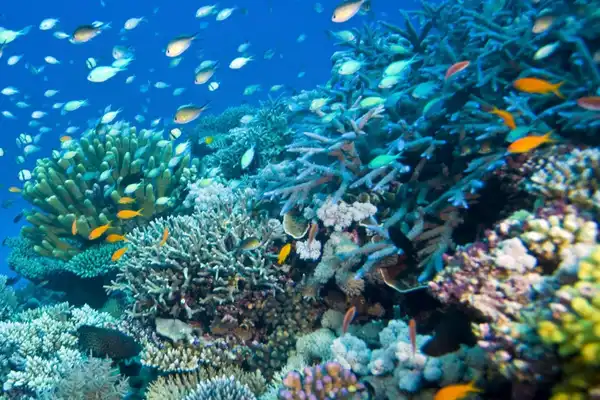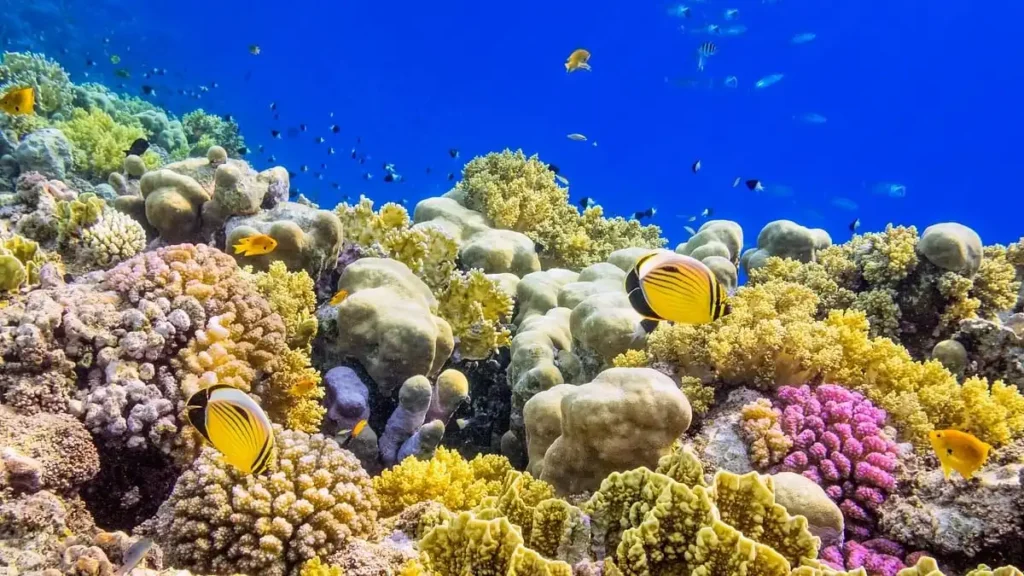The world’s largest deep-sea coral reef, stretching hundreds of miles off the US Atlantic coast, has been mapped by scientists.
Key Findings of the Study:
- The reef stretches about 310 miles from Florida to South Carolina, with widths reaching up to 68 miles in certain areas.
- Its size compares to nearly three times that of Yellowstone National Park.
- Located at depths where sunlight is minimal, the reef thrives in a unique ecosystem.
- The corals in these depths adapt to survive by filtering food particles, contrasting with the photosynthesis-based growth of tropical reefs.
- The reef provides habitat for a wide range of marine species, including sharks, swordfish, octopuses, shrimp, sea stars, and more.
- This biodiversity reveals the ecological significance and complexity of deep-sea coral reefs.
- The study highlights that only about 75% of the world’s ocean floor and 50% of U.S. offshore waters have been mapped with high resolution.
- The use of high-resolution sonar devices aboard ships was critical for this mapping, suggesting the potential for more discoveries.
Ref: Source
| UPSC IAS Preparation Resources | |
| Current Affairs Analysis | Topperspedia |
| GS Shots | Simply Explained |
| Daily Flash Cards | Daily Quiz |



